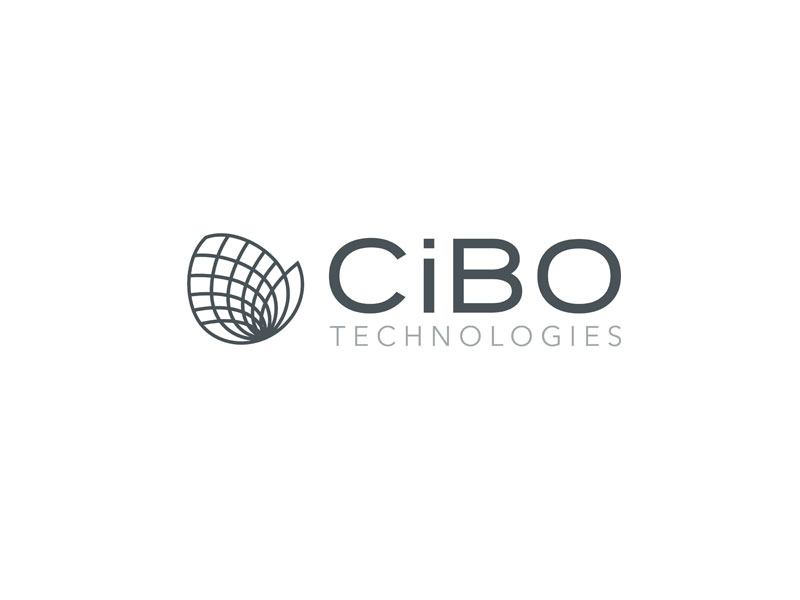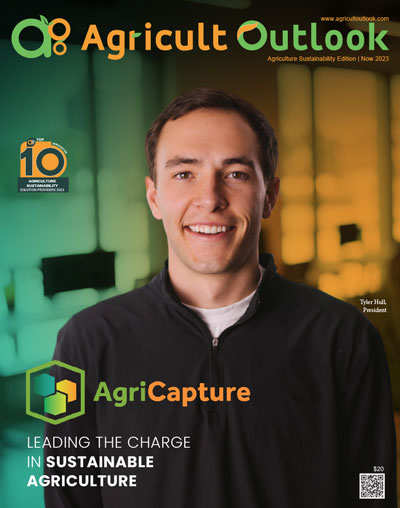CIBO Technologies, the company powering the transition to regenerative agriculture, has officially announced the launch of a comprehensive end-to-end Scope 3 offering, which is designed to help agricultural enterprises identify, measure, reduce and report on carbon emissions throughout their supply chains. According to certain reports, this is likely to involve giving enterprises complete access of its Impact platform and its Grower Network Partners so to let them better decarbonize agricultural commodities and accelerate the adoption of conservation practices through farmer incentive programs. To understand the significance carried by such a development, we must acknowledge how organizations, at the moment, face many challenges in reporting and reducing carbon emissions, including complex supply chains, lack of direct farmer access, limited data availability and accuracy, variance in emissions sources, and shifting regulatory and compliance dynamics. Not just that, they are also required to design programs that provide a sufficient incentive for all stakeholders and ensure adoption of sustainable agricultural practices for the long term. Fortunately enough, CIBO’s latest brainchild addresses that very problem. You see, the solution basically empowers Scope 3 sponsors to maximize funding potential for farmers by connecting them with more financial incentives, such as the USDA Environmental Quality Incentives Program (EQIP). This, on its part, goes a long distance to cover costs, and therefore, conceive greater farmer adoption.
“CIBO understands the unique challenges Scope 3 plan sponsors, such as CPGs, face. We have engineered an end-to-end platform solution that gives companies complete visibility across their supply chains to optimize reporting and reduction. By leveraging our Grower Network Partners and blending of public and private incentives, we’re empowering enterprises to drive meaningful change across their entire supply chains at scale,” said Daniel Ryan, CEO of CIBO Technologies.
More on the same would reveal how CIBO Impact Scope 3 is well-equipped to define sourcing regions or supply sheds, something it will do for the purpose of measuring carbon intensity (CI) from the company inventory base year to the current crop year. Next up, we must get into its knowhow when the agenda is to design strategies that actively reduce emissions and help companies reach their interim (5-10 year) agriculture GHG reduction targets. Then, we have the potential to develop and deploy farmer-facing programs. Such potential, like you can guess, can prove to be hugely important for an entity trying to achieve the stated reduction targets. It can also come in handy when measuring and reporting intervention CI to compare to supply sheds. Rounding up highlights would be the new offering’s ability to deliver inventory and outcomes reporting that aligns with voluntary standards, including Greenhouse Gas Protocol (GHGP) and the Science Based Targets Initiative (SBTi).
Founded in 2015, CIBO Technologies’ rise stems from its pledge to apply advanced software and deliver a deep understanding of agricultural systems at scale. Focused on driving regenerative agriculture to mitigate climate change, advance food system resilience, and improve farmer outcomes, the company’s excellence in what it does can be understood once you consider it has already been a 2021 Fast Company World Changing Ideas Awards finalist. Furthermore, CIBO was adjudged as the “Agtech Company of the Year” in 2021, 2022 and 2023, and alongside that, it was recognized as honoree at 2023 Fast Company Brands that Matter. Apart from that, CIBO was even named one of TIME’s Top 100 GreenTech Companies in America for the year 2024.
“We value our important business relationship with CIBO, and together are excited to continue delivering reduced emissions factors for CPGs and processors through best-in-class sustainability solutions for farmers,” said Jamie Leifker, President of Truterra, a Land O’Lakes Company.




